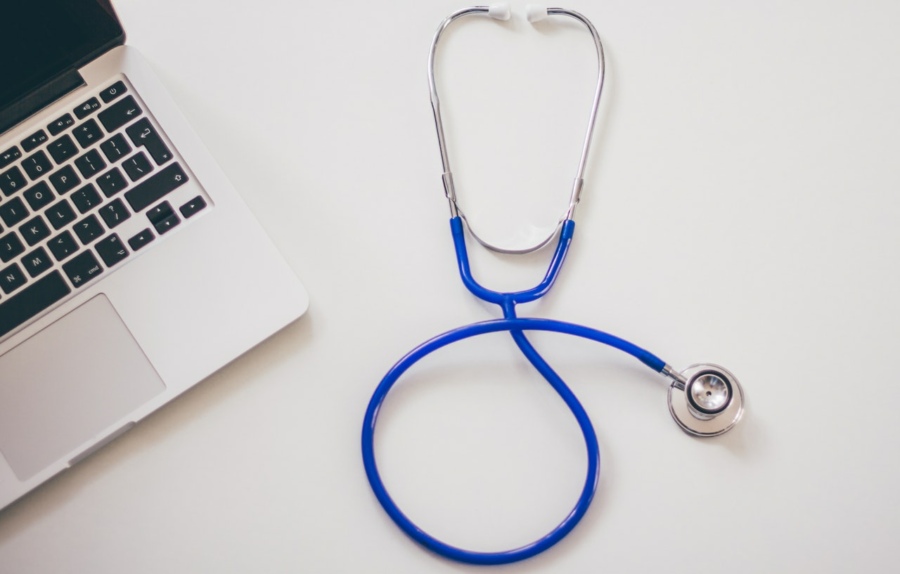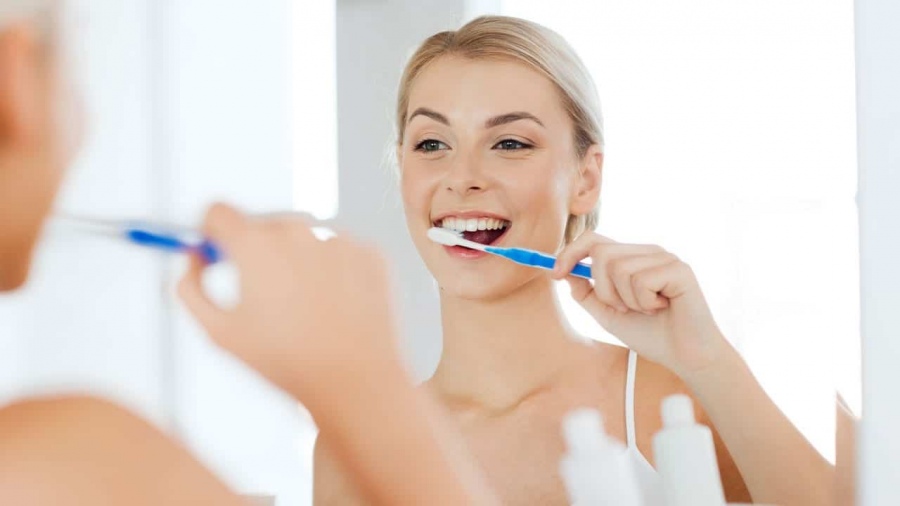Labrador Retrievers are a very popular breed of dog, and with good reason. They are loveable, friendly, and smart. With an average lifespan of 10 to 12 years, they will make faithful and loving companions for a long time if you care for them properly. A lot of Labrador care is the same as basic care for any dog. However, there are some particulars for Labradors that you need to follow to keep them at their healthiest and best. Here are the five top health care tips for your Labrador Retriever.
Feeding Your Labrador
Basic care for a Labrador Retriever is similar to most dogs. You need to provide food every day, as well as a constant source of fresh water. Your dog should always have access to fresh water, no matter what the breed. With Labradors, you should feed them twice a day on a regular schedule. They are active dogs and need more fuel to be at their best than some other breeds. Their larger than average size also means they need more food than some of the smaller breeds. Be sure to always give puppies puppy food and adult dogs adult food, and do not mix the two. Puppy and adult dog food have different nutrients and in different amounts, to meet the particular nutritional needs of each age group.
Exercising Your Labrador
When you decide to get a Labrador Retriever, you must be sure you either have a large to medium-sized yard for your dog to run around in for at least an hour a day, or are willing and able to walk him twice a day for a half-hour each walk, as Labradors are very energetic and need a positive way to express this energy. If they don’t get it, they may become destructive around the house, which you definitely want to discourage.
Health Conditions to Check for in Labradors
There are some canine health conditions that Labradors are particularly susceptible to, and you should have your vet check for these on a regular, at least annual basis. Some of the conditions that Labradors can be prone to include hip, elbow, and shoulder dysplasia, diabetes, muscular dystrophy, exercise-induced collapse, macular dystrophy, tricuspid valve dysplasia, hypothyroidism, and cataracts. If your dog shows signs of any of these conditions, or tests positive for them, you’ll want to start treatment right away, and your veterinarian will direct you on this.
Making a Safe Environment for a Labrador Retriever
Labradors are very energetic and curious, especially as puppies and young adult dogs. Because of their natural exuberant nature, you’ll need to take extra measures to keep them safe. For one, keep dangerous household items out of their reach, such as household cleaners or glass objects that can break easily. Sometimes, you may need to keep your dog out of entire areas of your house or yard if there are simply too many hazards for him there. Watch out for your dog chewing on electrical wires….Labradors are known for this. Throw away any wrappers that used to contain food, because your dog may eat the wrapper and choke on it (make sure you know doggie first aid in case this happens). If you have a pool, you can let your dog swim in it, as Labradors love water. However, don’t let him swim unsupervised, just in case he has trouble getting out of the pool on his own.
Grooming Your Labrador
Labradors are know to shed a lot. You can combat this by brushing your dog at least every other day (which is something they usually love, as they are getting attention). Have a strong vacuum cleaner in good working order in the house, as well, because you will be doing a lot of vacuuming up of dog hair. Bathe your dog at least once a month (though every other week is ideal), and keep his nails trimmed so that you never hear them clicking on hard floor surfaces. Do these things, and you will have a happy, healthy, well-adjusted Labrador Retriever as part of your family for a long time to come.
+Neil Kilgore is a dog owner, dog lover and the Jack (Russell) of all trades at Greenfield Puppies in Lancaster Pa. He regularly blogs about puppies, breeders and dog care advice on the Greenfield Puppies website.





